( – promoted by navajo)
The Hudson’s Bay Company (HBC) established Fort Vancouver 100 miles above the mouth of the Columbia River in what is now Washington state in 1825. From this post, it not only carried out trade with the Indian nations of Washington, Oregon, Idaho, and Nevada, but it also launched trapping expeditions to harvest furs from the area. For the trapping expedition, HBC brought in Métis and Iroquois from Canada as well as Kanakas from Hawaii.
Fort Vancouver was a fort: the main buildings were surrounded by a high wooden stockade.
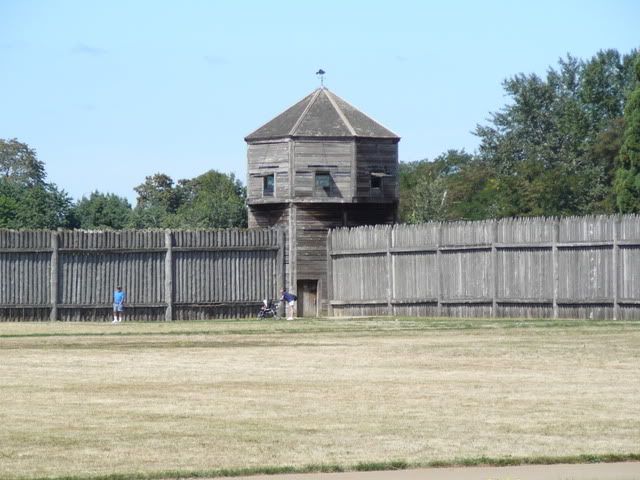
The Fort is currently maintained by the National Park Service. Shown below is the warehouse where furs would have been stored:
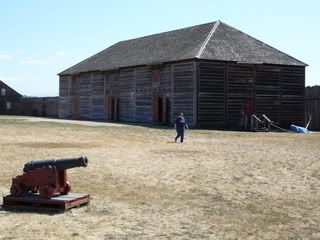
The Hudson’s Bay Company (HBC) was established by royal charter in 1670. The full name of the new corporation was Company of Adventurers of England Trading Into Hudson’s Bay. The original plan was to locate factories (i.e. trading posts) on the coast of Hudson’s Bay, then spread the word of the trading opportunities inland using local natives. These local natives would let other natives know that useful, good-quality trade goods awaited those groups who would come down to the bay to trade. The coast locations of the factories would make it easier to maintain the supply lines to England through a fleet of ships.
By the nineteenth century, HBC’s domination of the lucrative fur trade was being challenged by a Canadian company working out of Montreal: the North West Company. The Nor’westers had a different strategy: their traders went to the Natives instead of waiting for the Natives to come to them. By the time the Crown ordered the merger of the two companies, HBC had expanded its trading posts into the interior. Thus, in 1825, HBC established Fort Vancouver.
Like all HBC trading posts, the trading post at Fort Vancouver (see picture below) carried both manufactured products from Europe and Native American products. The European products included blankets, beads, and metal items.
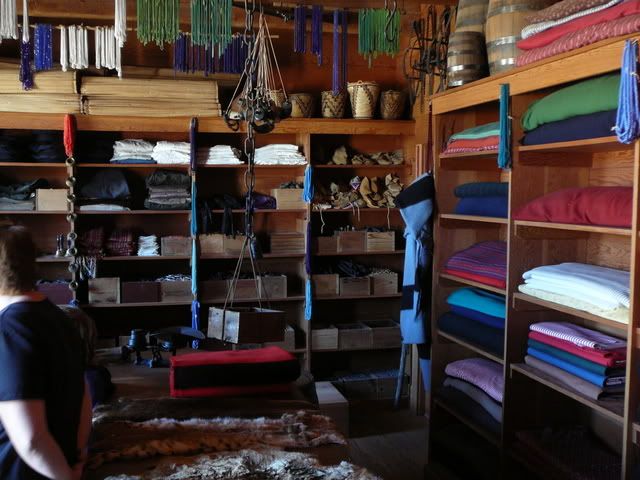
In 1780, HBC began using “point” blankets for trade. Each blanket had a small dark mark which was woven into the wool and represented the value of the blanket in made beaver. HBC blankets are still available and are shown below in the trading post.
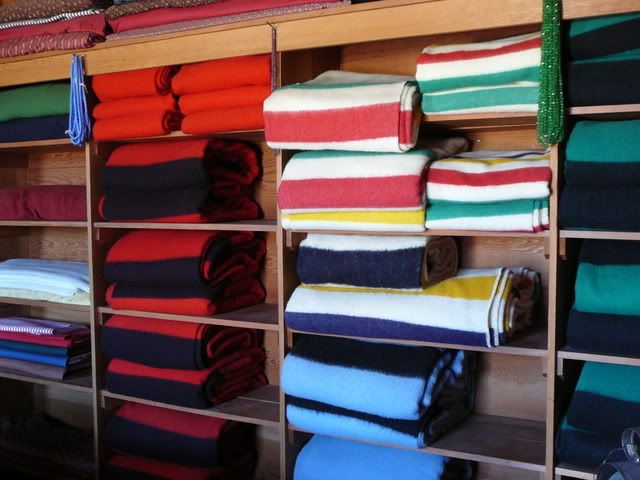
Made beaver refers to beaver pelts which had been processed by the Indians for trade. A made beaver pelt is shown below:
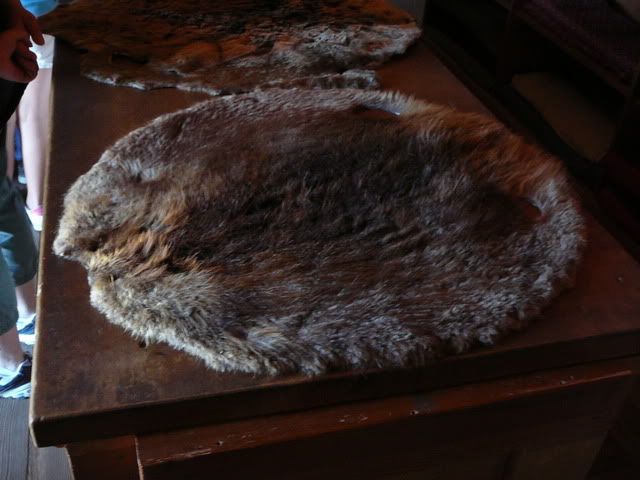
HBC not only traded the blankets, they also used them. Here is one of the dorm rooms for HBC employees with the HBC blankets on the beds.
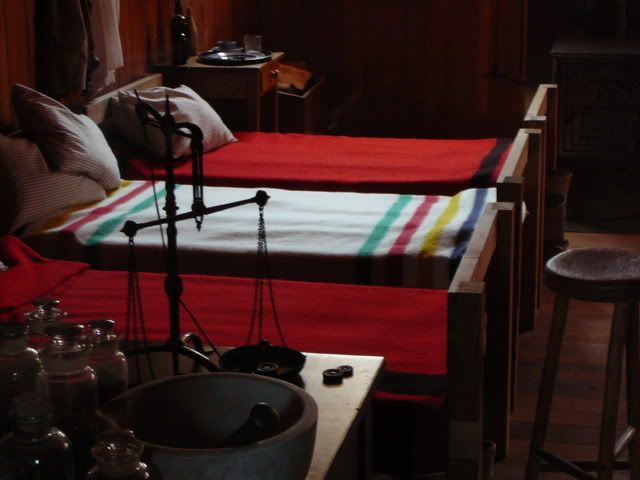
The living quarters for the factor and for the officers and their wives were quite elegant for frontier living. Shown below is part of the factor’s living quarters.
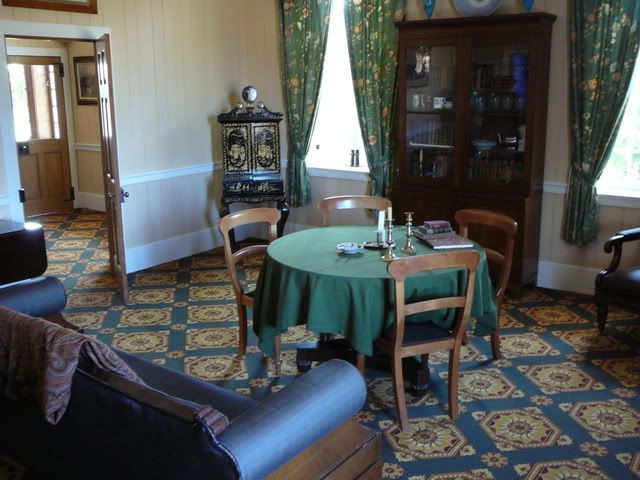
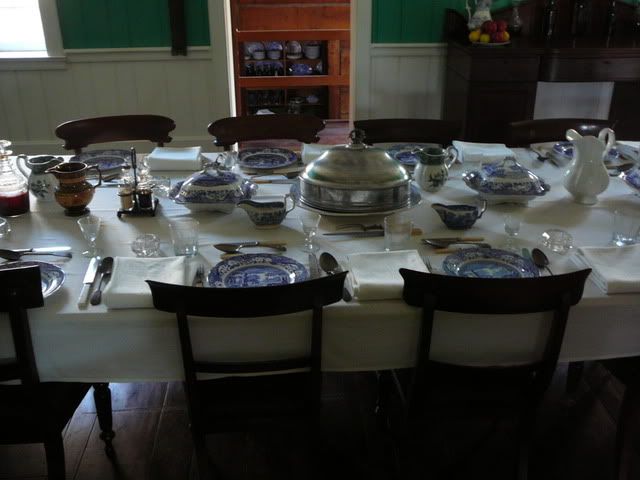
Fort Vancouver had its own blacksmith shop where many of the metal goods-including traps and axes-were made.

The fort had a well which was 35 to 40 feet deep. A well sweep-a large, crane-like structure-was used to bring the water up. The well sweep was counterbalanced so that the full bucket could be lifted from the well with minimal effort by one person.
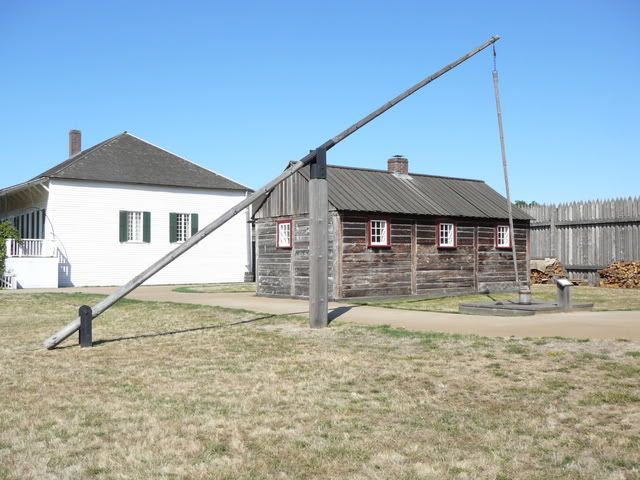
Unfortunately, the outhouses lined the stockade wall fairly close to the well. As a result, the water was often contaminated which caused some health problems for the residents.
On June 14, 1860, the Hudson’s Bay Company abandoned Fort Vancouver and moved its operations north of the border.
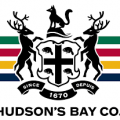
Leave a Reply